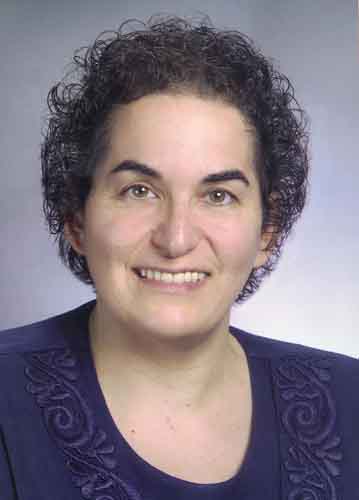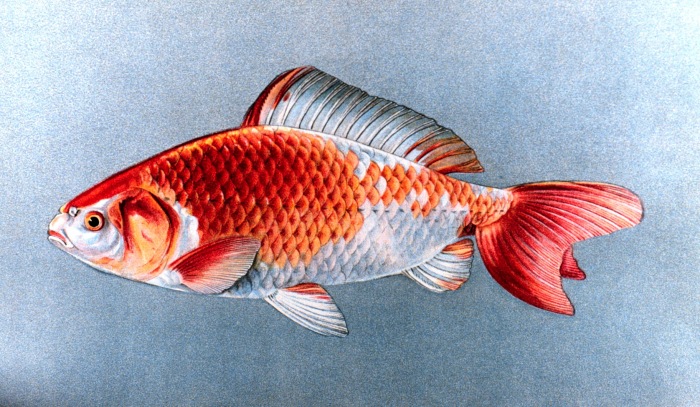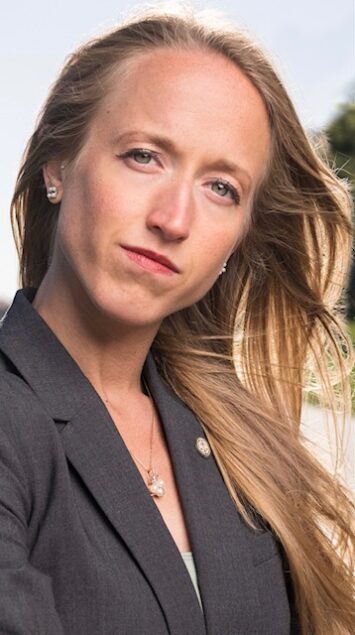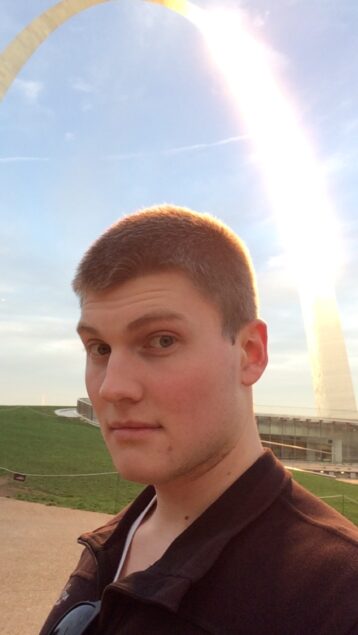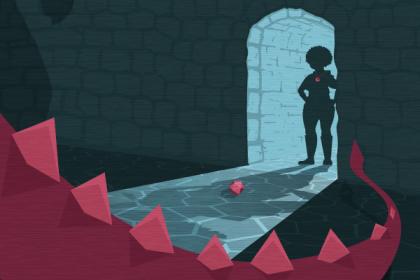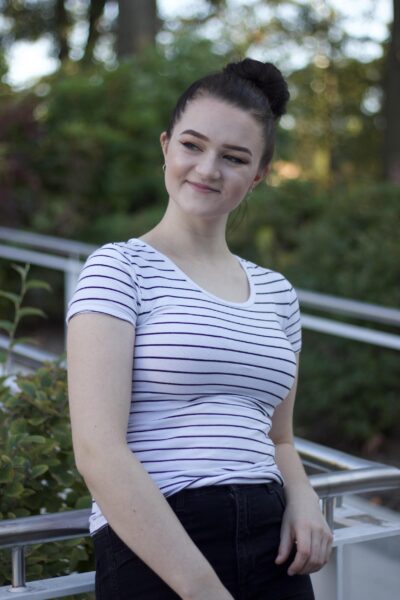This article was a finalist in the 2020 DC Student Arts Journalism Competition. Click here to learn more about the competition.
In many ways, Thursday night’s performance of “She Kills Monsters” was like any other live performance. The cast and crew listened to their directors deliver the pre-show announcement, anxious to begin the play. The actors donned elaborate costumes, delivered their lines in front of sets their media designer had put together and executed scene changes set to live music.
However, it was also the first of its kind. The actors entered from the Zoom waiting room instead of from the wings. The lighting designers sat idle, trusting the cast to make corrections on their own. And the audience, about 5,000 strong at its peak, tuned in from the comfort of their own homes.
The road to putting on a full-length production via livestream was a rocky one. When the cast list was finalized, no one expected that the University of Maryland would soon send students packing as a result of the coronavirus pandemic.
“We’d all pretty much come to the conclusion that it wasn’t happening,” said junior theatre performance major Ren Alberg. “But then the week after our spring break, we got an email that we were going to attempt to stage the play through Zoom. It was very preliminary, we didn’t know how it was gonna happen, we just knew that our director said we had a plan and we were like, ‘cool!’”
“She Kills Monsters” follows protagonist Agnes Evans’ discovery of her late younger sister Tilly’s identity through a Dungeons and Dragons module she left behind. It explores themes of queerness, wish-fulfillment and self-forgiveness, all while providing a very real picture of the sometimes rough, mostly rewarding existence that is sisterhood.
The play “She Kills Monsters” is a technical challenge even in its original format. But translating all of its necessary elements (which included – among other things – a gelatinous blob, a five-headed dragon and a flock of fairies) onto a livestream seemed near-impossible. The cast and crew faced challenges every step of the way. From learning to work through laggy video to positioning actors in such a way that the Zoom backgrounds would neither engulf them nor disappear into their home environments, there was a steep learning curve.
“Our primary job [as actors] is to bring the character to life and to do a lot of the character development,” explained junior theatre performance major Elijah Williams. “But now that we’re not on campus anymore, we don’t have as many resources as we usually do … so now we have to be our costume designer, we have to be our lighting designer, we have to be our own director in a way.”
The actors, though, were up to the task.
“[We had to] figure out how we were going to make it look like we were going to make it look like we were interacting with the people we weren’t really there with by figuring out how to manipulate the locations of our boxes on Zoom or change filters on Snap Camera to make it look like we were different characters,” Alberg said.
The script that the actors used was a combination of playwright Qui Nguyen’s original dialogue and the Zoom adaptation, which was based on the show’s Young Adventurers Edition and produced in collaboration with director Jared Mezzocchi.
Mezzocchi and co-director Lisa Nathans considered the production an experiment which sought to answer three essential questions.
“During a COVID-19 world, can live theatre still exist in a real way?,” asked Nathans.
“Can the human essence truly be captured in pixels?,” added Mezzocchi. “Can a community come together in their own isolated space to have one communal experience?”
In the end, the answers were clear: yes, yes and yes.
“The tears that were leaving people’s eyes [after the show] said it all. We were incredibly proud of each other and we came a long way. We struggled with a lot of things, a lot of different adjustments and we were just really proud. We were very excited to share that with everybody,” said Williams.
The cast and crew agreed that they had created a blueprint for what live theatre might look like in these uncertain times.
“I think now the whole country knows because of us that this is even possible,” said Williams.
The students also recognized that there may even be some benefits to going virtual. For example, the reach of a virtual show is much broader than that of an in-person one.
“I think it’s a great thing that it was online because everybody who has a computer or a phone and access to the link can be engaged … some of my family doesn’t get to come out and see me perform as often as I would like, and now there’s no excuses,” said Williams.
Alberg touched on the increased accessibility of virtual shows, which can be enhanced by closed captioning and accessed by those whose special needs may otherwise prevent them from physically sitting in an audience.
“Especially now that so many theatre professionals are out of work, we know now that it doesn’t have to be the end of [full-fledged performance] … If we can keep working towards this, it could become something really cool in the future especially for accessibility needs,” added Alberg. “It was something that started out as a stressful ‘I don’t know if we’re gonna be able to do this’ thing that turned into ‘maybe this could be the beginning of changing performance in the future even after this pandemic is over and we can go back to interacting with human beings in public again.”
The show, like any other live performance, was not perfect. At times, the volume of the music overpowered the actors’ voices. The Snapchat lenses would occasionally disappear from an actor’s face when they turned to the side, only to reappear when they faced forward. But the show was a reminder of why the students of the School of Theatre, Dance, and Performance Studies chose the career path they did.
Performance art has the ability to awe, to expose audiences to new perspectives and to transport people into a different reality. But it exists chiefly as a means of bringing people together. And this is exactly what the cast and crew of “She Kills Monsters” accomplished – thousands of people all over the world, experiencing one of the most trying events in recent memory, sharing an hour of respite from their seclusion and supporting the next generation of artists in the process.
Ceoli Jacoby is a sophomore in the University of Maryland’s Philip Merrill College of Journalism. On campus, she is a features writer for Stories Beneath the Shell and a section editor at Unwind Magazine. She is also a member of Mezumenet, UMD’s all-female Jewish a cappella group. During the Fall 2020 semester, she was an intern at Mid-Atlantic Media, where she contributed to both Washington FAMILY Magazine and Montgomery Magazine.
